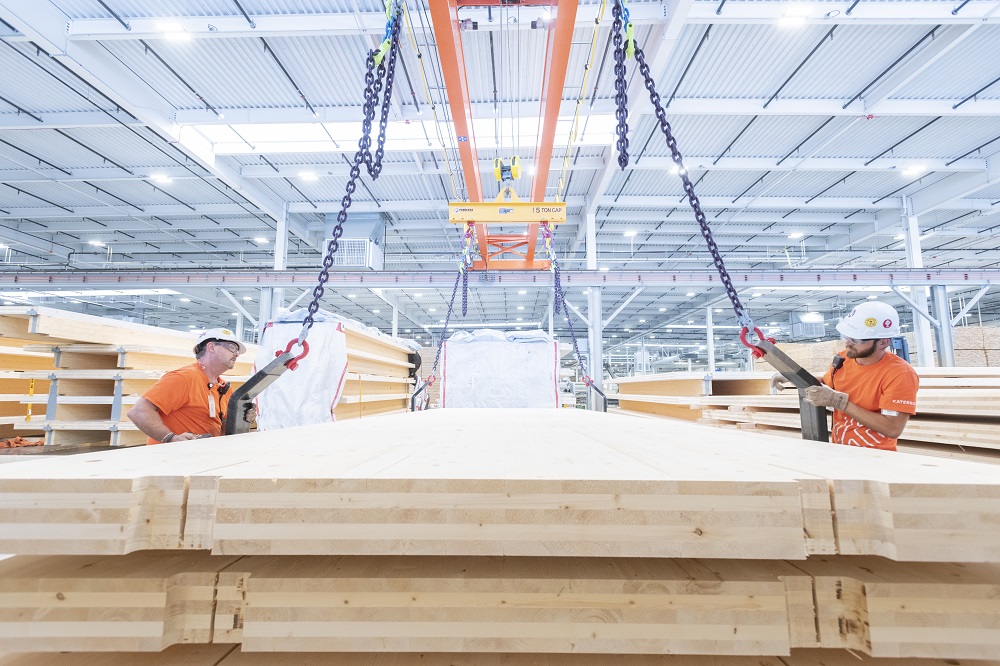Net zero buildings, which are buildings that produce as much energy as they use, are gaining popularity throughout the world. The earth has a lot of energy to share with us, but actually harnessing that energy is a science that’s still developing. When people are willing to invest in energy manufacturing technologies, scientists gain what is otherwise unattainable inside a laboratory: real world examples in real world situations.
See also: World’s First Zero Energy Hotel Will Operate Without Electric Air Conditioning
One of the greatest examples of diving deep and making a commitment to sustainability is Lady Bird Johnson Middle School in Irving, TX. By employing geothermal heating, solar panels, wind turbines, rain water harvesting, and smart solar management, the 152,000 square foot school is the largest public school in the country to obtain zero energy status.
They didn’t just dip their toe into producing energy, either, they dove right in. According to Architect Magazine, school officials spent roughly $3.75 million of their $30 million on the design strategies and energy-efficient technologies. So what does $3.75 million earn them? The typically middle school in Texas spends roughly $200,000 a year on energy and this new facility only costs $60,000 a year to operate.
A total of 53 geothermal wells that were 250 feet deep underground were used in the design, accommodating around 590 tons of air conditioning for the building. That totals over 50 miles of 1” pipe. Bosch FHP Geothermal Heat Pumps ranging from 1 to 20 tons were incorporated in the design in order to convert the heated or cooled water from the geothermal wells into conditioned air for the building.
A 65,000 square foot solar plant that contained almost 3,000 solar photovoltaic panels produces about 800,000 kWh per year. By employing all of these technologies, the building not only achieved the aforementioned zero energy status, it was also awarded as LEED Gold Certified.
For more info, check out the video below of the finished product:











Like most of the other electric machines that have been announced previously, Volvo promises that this midsized, 14 metric ton excavator will have the same performance as a similarly sized diesel version. The X03 is currently in the concept stage, so Volvo does not have immediate plans to bring it to market, but it shows the possibilities that electronics on heavy machinery can allow for.